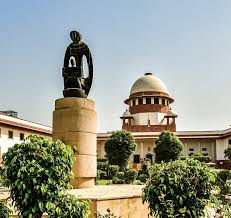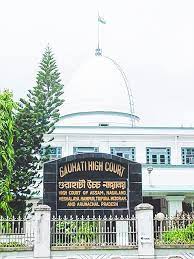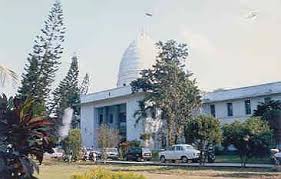As a result of firing, Ashok had become unconscious and was brought to Mau on cart. Pannalal reported the incident to the police on the basis of which an FIR came to be lodged initially for an offence punishable under Section 307 of the Indian Penal Code (for short ‘IPC’). Following the death of Ashok, the case was converted to one under Section 302 of the IPC. (Para 2.3)
Shri Chandrachud submits that, on the basis of very same evidence, the learned Trial Judge has acquitted four accused persons. (Para 6)
It is submitted that, from the testimony of the other witnesses it would be clear that the appellant-Balaram was not even present at the spot and he has been falsely implicated. Learned counsel further submits that the motive attributed i.e. previous enmity is also far fetched inasmuch as the incident with regard to the murder of Ramadhar, brother of Balaram, had taken place 4-5 years earlier. In any case, he submits that previous enmity is a double edged weapon, and as such the possibility of false implication cannot be ruled out. (Para 6)
Insofar as the present appellant-Balaram is concerned, he has been implicated by Ramkali-PW.5 and Mulchand-PW.6, both are wife and husband and parents of the deceased-Ashok. (Para 10)
It is only in the case of the third category of witnesses which is partly reliable and partly unreliable that the Court faces the difficulty. The Court is required to separate the chaff from the grain to find out the true genesis of the incident. (Para 11)
As already discussed herein above, previous enmity is a double edged weapon; on the one hand it provides the motive, whereas on the other hand, the possibility of false implication cannot be ruled out. (Para 17)
SUPREME COURT OF INDIA
2023 STPL(Web) 425 SC
[2023 INSC 1000]
Balaram Vs. State Of Madhya Pradesh
Criminal Appeal No. 2300 of 2009-Decided on 8-11-2023
https://stpllaw.in/wp-content/uploads/2023/11/2023-STPLWeb-425-SC.pdf







